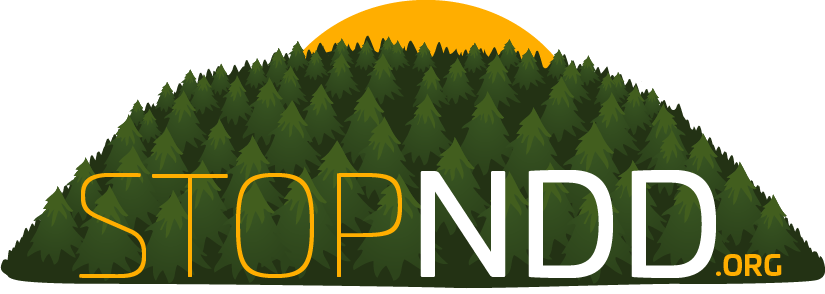As educators, we have a unique opportunity to connect children and young adults with nature. Here are some ideas for tying in natural elements to all kinds of curricula.

Math Lessons
- Make use of sidewalk chalk. Take elementary-aged students outside for their math class, and work out problems together using the chalk.
- Encourage K-5 students to gather rocks, leaves, twigs, and other natural materials to illustrate math problems and their solutions.
- Calculate how old a tree is by measuring its circumference.
- Think of outdoor spaces you can measure together, such as the school’s garden, playgrounds, and athletic fields. You can calculate the area of the spaces, and even work out how many items they hold or could contain. For example, measure the size of a tomato plant that grows in the garden, and calculate how many total tomato plants could fit in it.
Language Arts Lessons
- Select a book for your class to read together outside, and have students take turns reading out loud.
- Have your students observe the outdoors silently, and then have them write poetry inspired by what they noticed.
- Take your students on a hike or a walk to a nearby nature setting, and ask them to write a reflective writing piece about their observations that describes how each of their senses were engaged.
- Grab some water and paint brushes and gather some rocks. Students can practice their handwriting or spelling by “painting” letters with the water-dipped brushes on the rocks.
- Make story stones by painting rocks with nouns, verbs, and adjectives. They can be used as writing prompts or as ways to review a story the students have read.
Science Lessons
- Find a space on school grounds to plant a community vegetable, flower, or moss garden. If possible, plant a variety of flora so students can observe how they all grow over time and so they’ll attract different insect and bird life.
- Make a bee garden.
- Observe evaporation in action by monitoring a puddle. Trace its outline with sidewalk chalk early in the day so you can keep track of how long it takes to disappear.
- Send your students on a scavenger hunt to find specific types of rocks, plants, and insects.
- Lure butterflies to your school grounds by creating their ideal habitat.
- On a sunny day, teach your students about the sun’s heating power with some aluminum foil, bowls, and marshmallows.
- Allow each student to make their own greenhouse with a clear balloon, seeds, dirt, water, string, and a funnel.
- Pick a nearby nature spot — preferably, one that’s a walkable distance from your school — and take a field trip there. Discuss the habitat and take note of what you see, hear, smell, and even feel underfoot. Aim to take a few trips to the same spot throughout the year so you can all observe the effects the changing of the seasons has on it.
- By measuring shadows at noon throughout the year, you can teach your students about Earth’s axial tilt and its revolution around the sun.
Art, Music, and Theater Lessons
- Use materials you find in nature to create temporary art, which will also help your students appreciate the power of our natural world.
- Take some crayons and paper outside and create flower, leaf, and stone rubbings.
- Create artwork using leaves, grass, sticks, plants, and clay. Your students’ masterpieces don’t necessarily have to be affixed to paper — you can use the ground as canvas, which will serve as a natural background for their artwork.
- Ask your principal for permission to have your class paint an outdoor mural on the school’s property.
- Host an outdoor drawing or painting session, and instruct your students to create something they observe in the surrounding natural environment that inspires them, whether it’s a bird, plant life, or a landscape.
- Have a sing-along outside with musical instruments. When the birds are singing and chirping, have your students translate the sounds into music using their instruments.
- Write a class play together that celebrates nature and/or spreads environmental awareness. Perform the play outside for parents and other students.
PE Lessons
- Create an outdoor obstacle course.
- Take your students for a jog, power walk, or even just a stroll around the school. At the end of the trek, discuss other ways you can all exercise as a group outside, and plan your next outdoor group fitness class based on what your students want to try next.
- If your school doesn’t already host a Field Day, put one together for your class. If you want to get more students involved, work with your Parent Teacher Association (PTA) and/or principal to find out how to start a field day for your class’s grade level or even the entire school.
- Take a field trip to an outdoor destination that will be physically challenging to explore, but will simply feel like a fun day of adventure for kids. For example, visit a state park with hiking trails or a community pool.
